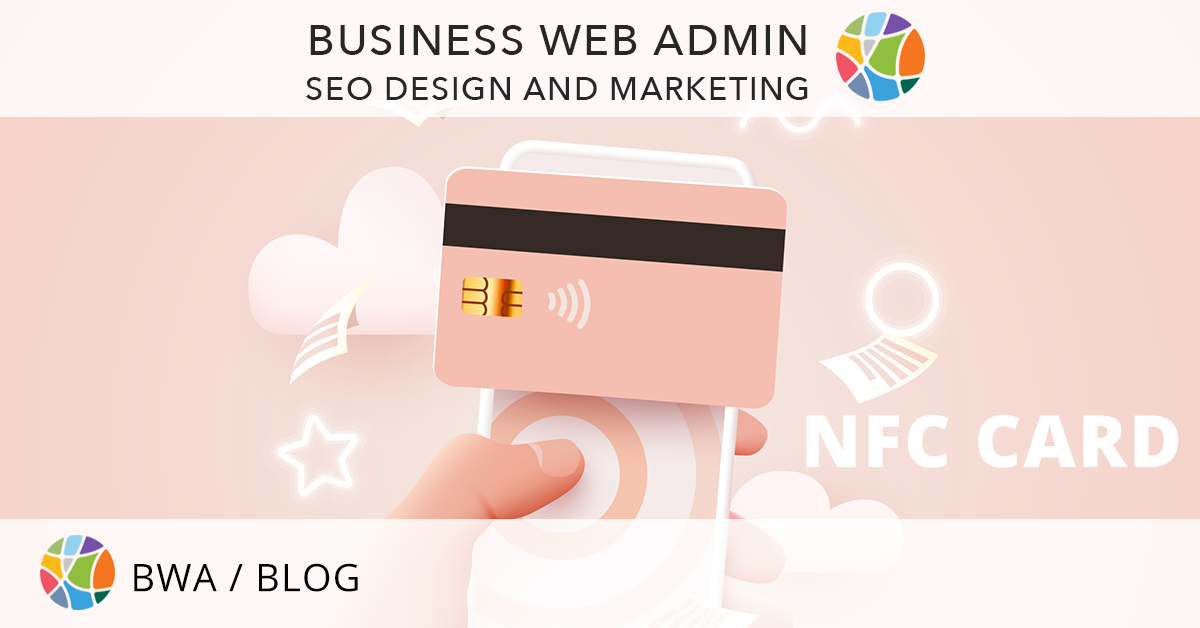What Is the Walmart Marketplace Online Sales Platform?
popular sales platform and big benefits you'll get selling through it

From basic definitions to pros and cons and everything in between.
As of 2020, E-commerce sales totaled a staggering $4.2 Trillion. By the time 2023 comes, experts expect that sales will balloon to $6.5 Trillion.
E-commerce is a thriving business and accommodates over 2 billion shoppers across the world.
But how can you break into online selling? Is there anything that can tip the scales in your favor?
There are approximately one million e-commerce sites each year that manage to make more than $1000. If you want to stand out among the crowd, then consider using the Walmart marketplace.
Walmart marketplace is an online sale platform that allows third-party vendors to sell their products alongside Walmart's. The Marketplace will enable sellers to reach a broad audience.
There's a lot you need to know about the Walmart marketplace before utilizing it. Below is a guide that will tell you all about the Marketplace, how to sell your products, and about helpful online store integrations this particular online market offers.
What Is Walmart Marketplace?
Walmart marketplace is an online sale platform that allows non-affiliated sellers to market their goods to buyers through Walmart.com. The Marketplace is like Walmart's version of Amazon.
There are (Walmart) branded items on the platform, but other individual entities - like you - can use the opportunity to reach millions of potential customers. Partnering with Walmart marketplace works like this:
Your products are displayed and distributed through the website while Walmart takes some of the profit from sales. To specify, you don't have to pay unless you make sales. Walmart even handles the checkout process.
You're responsible for shipping to customers, returns, and customer service, however.
Seller Preparation
There are a few things you should do before you begin selling your items on the Walmart Marketplace. You must know what you're allowed to sell through Walmart's platform.
According to Walmart's policies, there is a list of disallowed items you cannot sell to consumers. A few of those products are as follows:
- Firearms
- Tobacco and tobacco products
- Adult products
- Alcohol
- Funeral products
- Software
- Artifacts and antiques
- Autographs and collectibles
- Recalled products
Catalog organization is something you need to think about also. There is no limit to how many different product SKUs (stock-keeping units) you can have. As a result, you can list however much merchandise suits you.
The lack of inventory micromanagement means you have to establish how much of each SKU you plan to have.
Your posted products will present like any other piece of merchandise on the Marketplace. The only difference is that your company information and policies will be listed instead of Walmart's.
Policy Preparation
Perhaps the most important thing you should do before joining the Walmart Marketplace is organize your policies.
Processes like shipping and returns should be as streamlined as possible to meet customer - and Walmart's - satisfaction. Not only will you build a solid customer base this way, but you'll project an air of professionalism.
ShippingYou are allowed to set shipping methods and pricing according to your wishes.
The Marketplace does have specific requirements that you get perks for when met. For example, you can add Walmart TwoDay delivery to any item if you send it by Walmart affiliate Deliverr.
You can't use branded packaging to ship products, and you can't add any promotional material either - even if it's from your company.
ReturnsContact methods, like customer service numbers and email, have to be part of the product listing.
You have to provide your company operation hours as well. The idea is to make it as easy as possible for customers to contact you.
There is a little flexibility depending on the object, but Marketplace mandates typically 30 days for returns. If customers return items, they go wherever you registered for Walmart to send them.
How to Sell On Walmart Marketplace
Applying to sell on the Marketplace isn't extraordinarily difficult. The process only involves filling out a web application and takes 15 minutes at the most.
You can find the application by scrolling down to the bottom of any webpage on Walmart.com and clicking the "Sell on Walmart.com" link.
A new page will open that explains the onboarding process and talks a little about the Marketplace program.
Here are a few things you'll need to complete your application:
- Item categories, inventory size, associated information
- Plan for integrating product catalog with the website
- Address of your physical base or operations
- US Business address
- US Business Tax ID
- W9 or W8
Item Catagory and Inventory
The item categorization and inventory size just let the Marketplace know how many items you have and if they're refurbished or new. Your catalog of products should be provided by listing the total amount of SKUs you have.
SKUs are barcodes salespeople use to track when their stock moves. SKUs also tell sellers when they need to restock merchandise.
Item Integration
Your integration plan is an outline of how you intend to list your goods on the website. There are three options you can use to add your products.
Your first choice is the Walmart Marketplace API, the second is Walmart Seller Center, and the third is using a third-party integration solution.
Walmart Marketplace APIWalmart marketplace's API (Application programming interface) is a piece of software that allows you to list, update, and remove inventory. You can also manage your merchandise and customer orders.
The API grants the ability to code your products into the Marketplace. However, some computer languages aren't compatible with Walmart's API. Because of this, you might need Java for assistance.
Walmart Seller CenterThe Walmart Seller Center can add merchandise via its "Setup by Match" function, which permits sellers to drag and drop to the site's drop zone and find a match in Walmart's existing catalog.
Sometimes, Setup by Match doesn't work for some retailers, though. In this case, you can try the "Full Item Spec."
The Full Item Spec function is essentially a spreadsheet that lists as much helpful information about the item as possible. The provided information should be things that consumers will look for with the search function.
Essential features (like color), product description, and the product name are all descriptors that you can record to aid customers in locating what they want.
Third-Party IntegrationYou have the option to integrate goods with a third-party application if you prefer. Shopify is a popular e-commerce option, and it's one of the various online store integrations the Walmart Marketplace has.
US Business and Physical Address
A business address and physical address can be the same things. They both may share your primary business location, but the business address doesn't have to be at that physical location.
The physical address is your corporeal base of operations, while the business address labels a specific place as the primary business area. You'd mainly use a business address to communicate with consumers and other sellers.
Tax Information
Your business tax ID or employer identification number (EIN) registers your business with the IRS. A W9 is a form individuals require for tax return information.
A W8 is paperwork that foreigners and businesses fill out to tell the IRS their country of residence.
Why Should You Join Marketplace?
What makes Walmart such a successful franchise is its seamless online store integrations.
Walmart began life as a brick-and-mortar establishment in 1962 and has managed to add online shopping services to its repertoire to enhance its customer's experience.
Unlike its competitor Amazon, Walmart can compile information from its physical locations to meet consumer demands and expectations online.
They already know what their customers want, so they don't have to waste time figuring out online marketing strategies. Walmart's physical stores and website create a seamless shopping experience.
For example, you can shop for an item online and arrange to have it delivered to your home or set a time to pick it up in-store.
Walmart's online store integration makes purchase convenient - it's part of why the franchise has so many customers, and this is why you should consider joining Marketplace. You'll have access to thousands of customers.
You may not be able to sell your products from a physical Walmart store, but you'll still be able to expand your business to over 120 million people a month.
There's less competition to contend with also; Amazon has over nine million sellers. There are only over 100,000 third-party vendors on Marketplace.
Walmart Marketplace won't charge you any monthly fees for partnering with them either. There's only a (usually) 15 percent referral fee on every item you sell.
E-retailers have access to Walmart connect, too, a tool that helps you grow your business through their advertising services.
Want to Learn More About E-Commerce?
Walmart Marketplace is just one of many e-commerce options a small business owner can choose.
This particular article gives you a basic breakdown of what you can expect from joining Marketplace, but we've got plenty of others like it - all about other online selling platforms.
You can learn more about online store management, small businesses, and web development too over at businesswebadmin.com. We've got all the information and resources you need to get you started on your e-commerce journey.
Sergio Sviridov
Information Delivery Specialist














